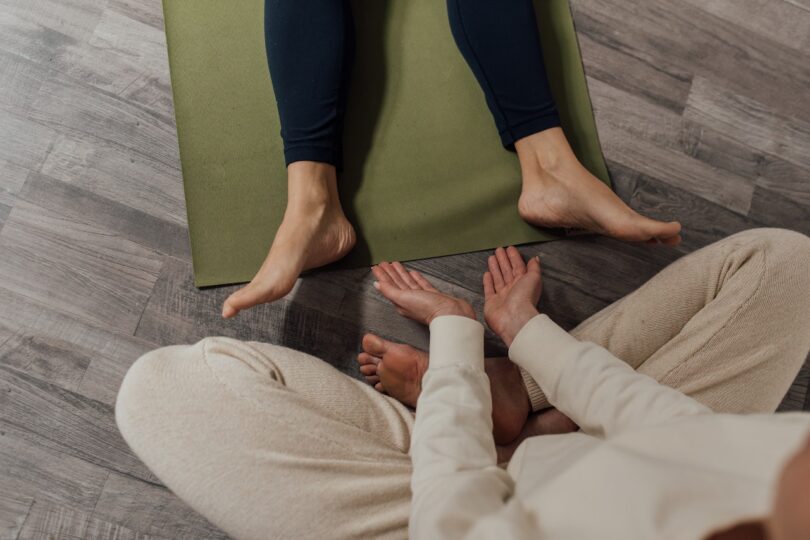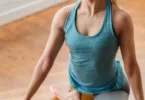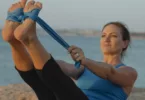Yoga is a form of exercise that can be beneficial for seniors of all ages and abilities. However, as we age, it’s important to adapt yoga poses to suit our individual needs and abilities. In this blog post, we will discuss how to adapt yoga poses for seniors with different abilities and how it can help improve their overall well-being.
Understanding the Needs of Seniors with Different Abilities
As we age, our abilities change, and it’s important to adapt yoga poses to suit our individual needs. For example, seniors with arthritis may need to modify yoga poses to reduce pressure on their joints, while seniors with Parkinson’s disease may need to modify yoga poses to improve balance and coordination.
Adapting Yoga Poses for Seniors with Different Abilities
Adapting yoga poses for seniors with different abilities can help to improve their physical and mental well-being. Here are a few examples of how to adapt yoga poses for different abilities:
Adapting Yoga Poses for Seniors with Arthritis
Seniors with arthritis may need to modify yoga poses to reduce pressure on their joints. This can be done by using props such as blocks, blankets, and straps to support the joints. It’s also important to avoid any poses that put pressure on the joints, such as deep twists and full backbends.
Adapting Yoga Poses for Seniors with Parkinson’s Disease
Seniors with Parkinson’s disease may need to modify yoga poses to improve balance and coordination. This can be done by using props such as blocks, blankets, and straps to support the joints. It’s also important to focus on poses that improve balance and coordination, such as tree pose and eagle pose.
Adapting Yoga Poses for Seniors with Osteoporosis
Seniors with osteoporosis may need to modify yoga poses to avoid any poses that put pressure on the joints. This can be done by using props such as blocks, blankets, and straps to support the joints. It’s also important to focus on poses that improve bone density, such as weight-bearing poses and balance poses.
Tips for Adapting Yoga Poses for Seniors with Different Abilities
When adapting yoga poses for seniors with different abilities, it is important to keep the following tips in mind:
- Consult with a healthcare professional: It is important to consult with a healthcare professional to ensure that yoga is safe and appropriate for the senior.
- Find a qualified instructor: Look for a qualified instructor who has experience working with seniors and is familiar with adapting yoga poses for different abilities.
- Use props: Use props such as blocks, blankets, and straps to support the joints and make it easier to perform the poses.
- Practice regularly: Practicing yoga regularly can help to maintain the benefits and improve overall well-being.
Conclusion
In conclusion, adapting yoga poses for seniors with different abilities can help to improve their physical and mental well-being. It’s important to consult with a healthcare professional, find a qualified instructor, use props, and practice regularly. By adapting yoga poses to suit the individual needs and abilities of seniors, yoga can be a valuable tool to help them maintain their health and improve their overall well-being.








Leave a Comment